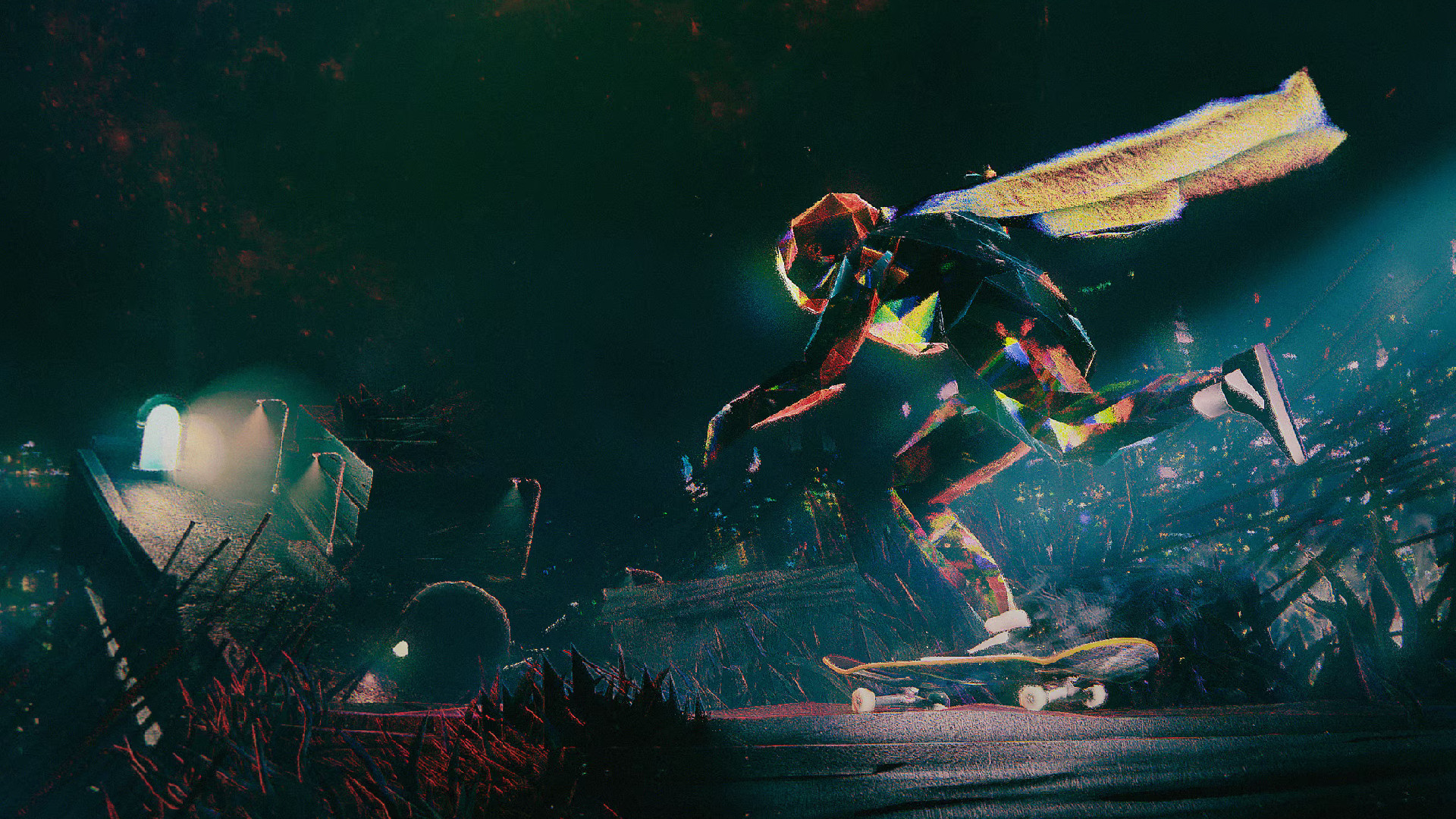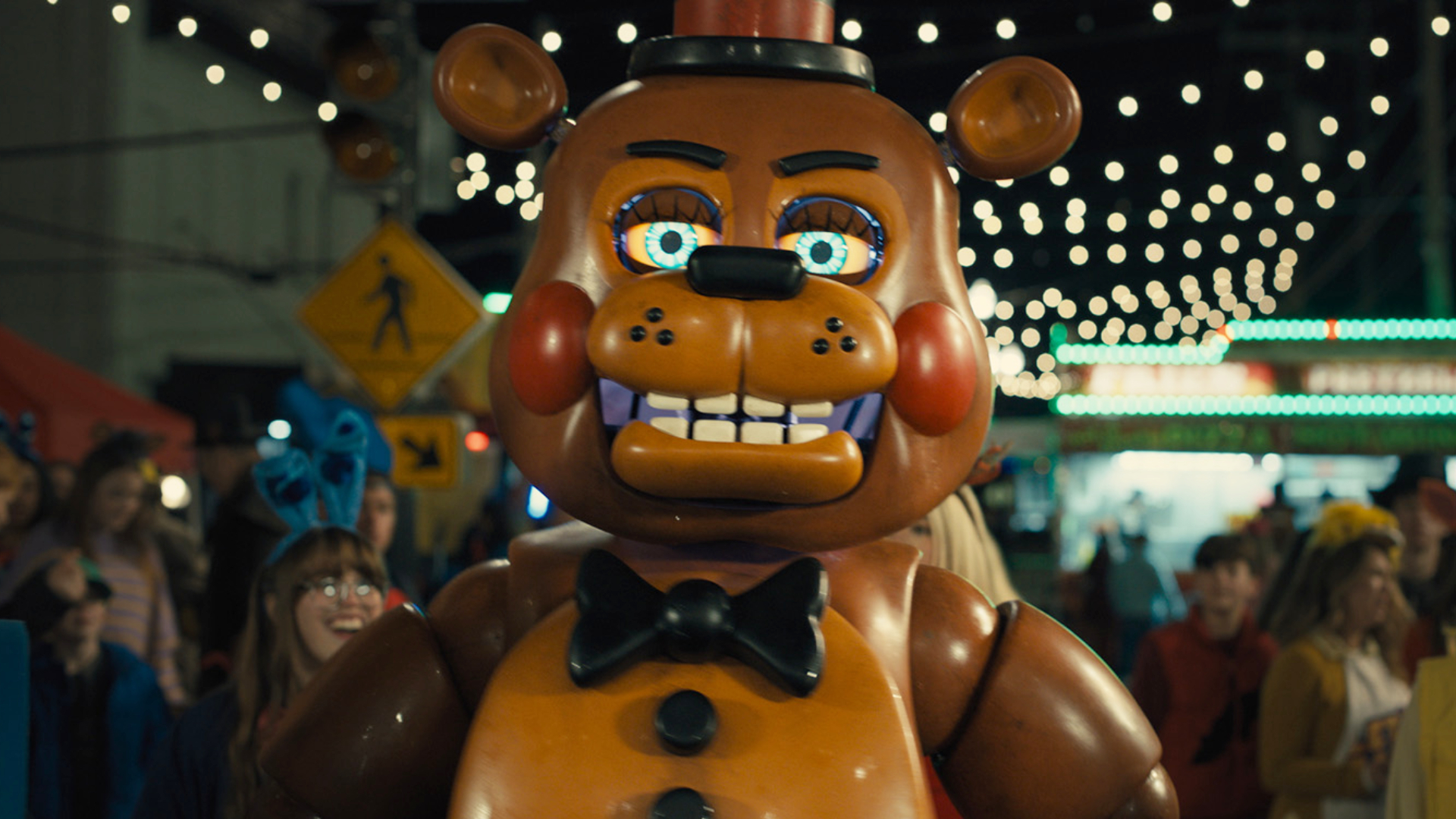Dishonored 2’s level designer explains how to build the perfect level
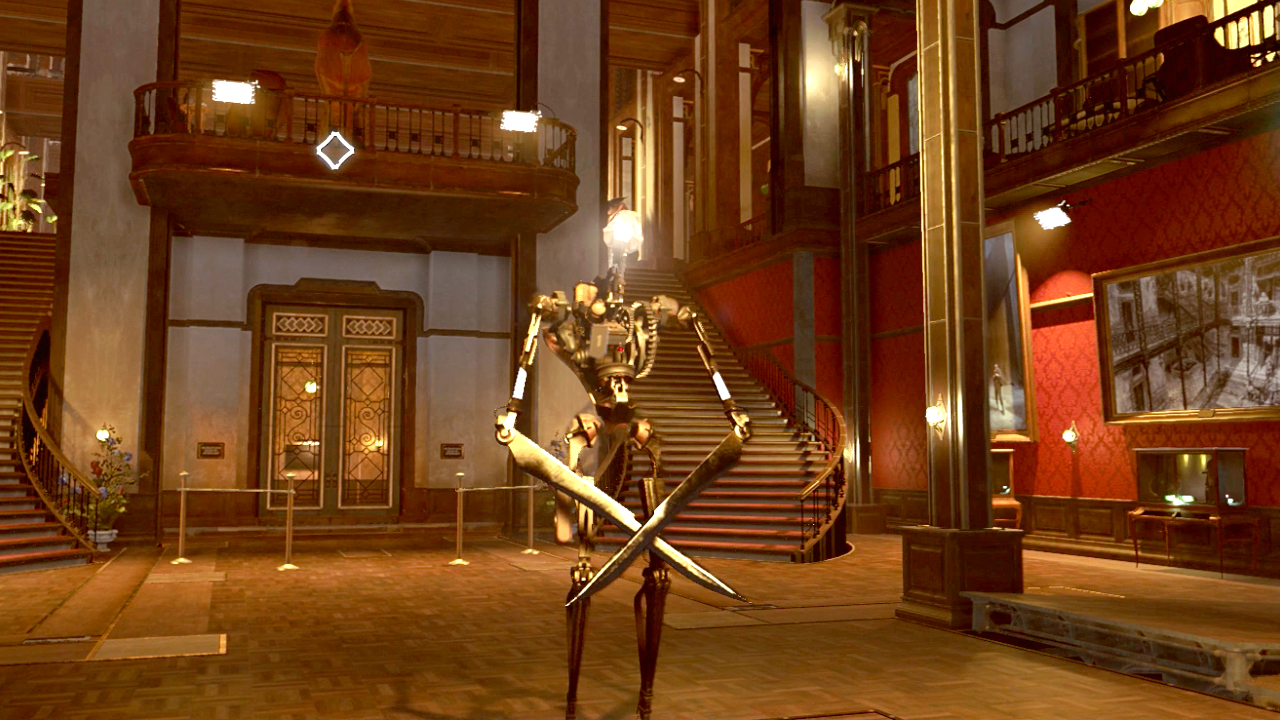
The Dishonored series is well known for its beautiful and intricate levels that offer up seemingly endless options and freedom. Dishonored 2 is following that trend and, if the Clockwork Mansion mission I’ve played is anything to go by, pushing the boundaries even further. I spoke to level designer Christophe Carrier about the key things that make a Dishonored level.
There are three core pillars: immersion, interactivity and consequences
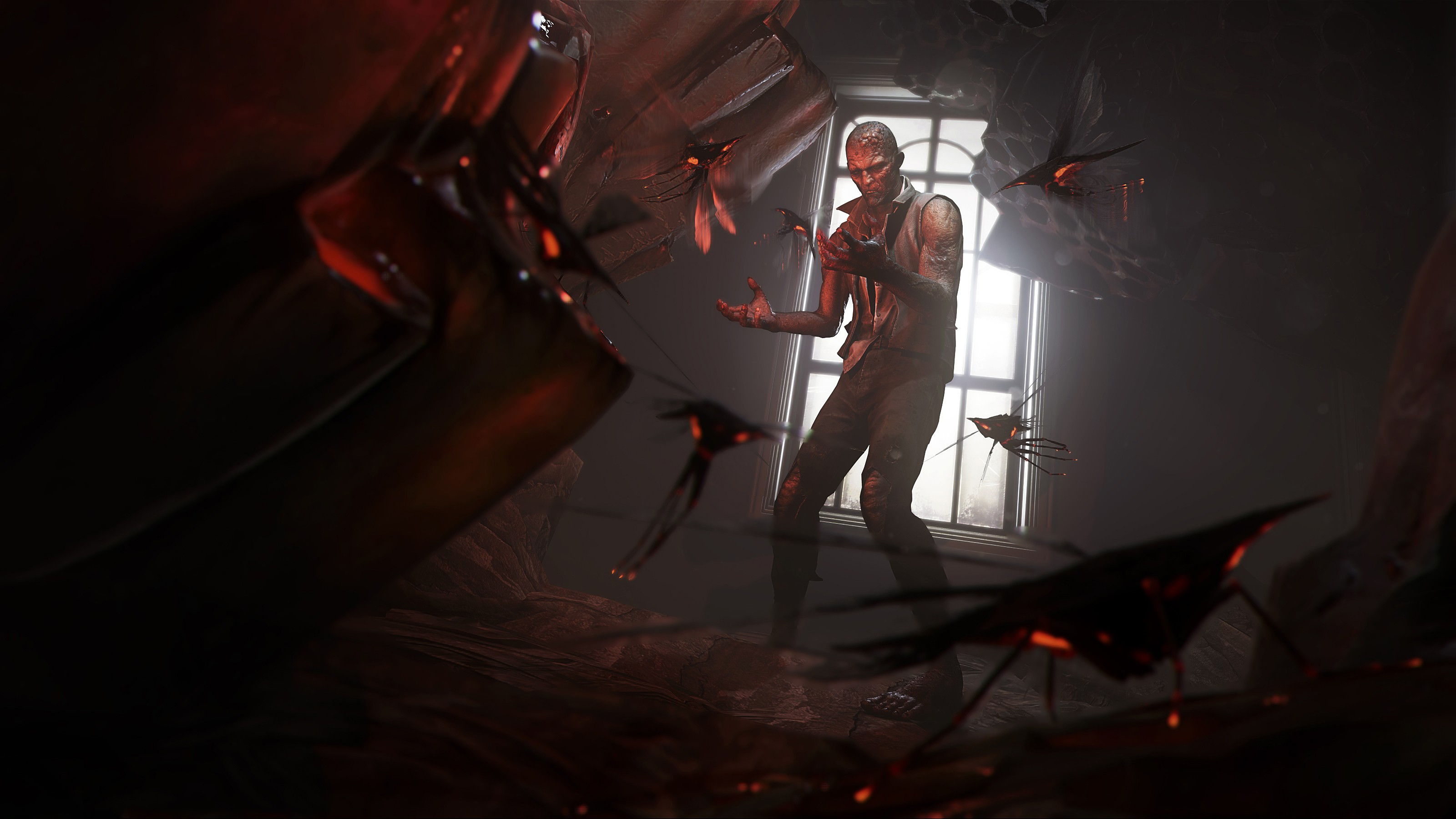
“I want to be immersed, if you want me to believe in the environment, I have to be able to do whatever I want so. I want to be able to do everything that I think is possible to do. One of the bases of what I like in level design is being able to do things however you want. When I play a game and I try something and it doesn’t work, it pisses me off. You have these games where you cannot jump across a small ledge – come on!
[The] second thing is, I love interactivity. I love when the scenery is responding to what I’m doing, even if it’s just the traditional tap water thing where you just do this and you never use it again [or] the toilets, for example; they are totally useless but they work, and that’s cool! You just activate them and it works; OK, it’s a world that works!
And the last thing is, I want consequences for all the choices that I do. Because if you do things that don’t have any consequences, so it’s just a game – if you can throw something in the face of a character and he continues to talk – what’s the point? All the things you have observed in your life, how you perceive certain situations... it has to work kind of the same way in a game.”
Don’t lock people into gameplay choices
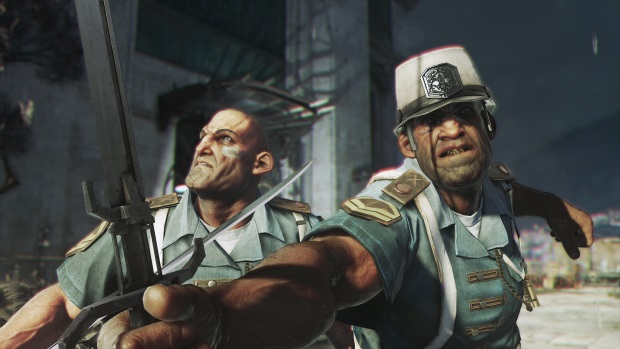
“One of the big things that I don’t like in games that handle stealth is the fact that you have a stealth route and a combat route, and once you’re in one of them you can’t do anything else than the thing that was designed for. So in Dishonored I think that you can change your playstyle while you move forward. So if at some point you decide “Oh, fuck it... I don’t want to stealth anymore, let’s fight!” – it’s possible. And vice-versa. If you suddenly realise that too many people are coming or too much backup is coming – “I’m going to die now and I’m going to try to hide and let myself...” – you can sneak while they’re coming and finish your playthrough in stealth. That’s one of the things we designed the level for.”
Make sure abilities and powers suit any playstyle

Try and make sure people can’t break the game…

“We have to bullet proof every situation so that we don’t find exploits all over the place, like [when] there is a building where we want an interesting gameplay area. If the player can bypass through this area with bend time, for example, well then it’s cool from the player perspective but we don’t want him to be totally powerful and totally ruin every area that we set up, right? So we try to find little things. You won’t be able to go the full area with Bend Time, for example, that’s one solution. Or there is a Wall of Light, or talking to a guy gets you out of Bend Time and so on.”
…but be okay when they do
“We iterate and we iterate and we iterate and after a while, we covered almost every situation that the player could use. But sometimes we miss things, and that’s why some of the videos on the internet, like the guys throwing a grenade, wind-blasting it and killing the guy that was 300 meters away – these are things that we would never do. Even as designers, these are things that we don’t think about necessarily, but all the systems are authorising these kinds of things, combining everything and sometimes you miss some of them. And sometimes it’s cool and it works and it’s even better, but sometimes it’s like “Eyyeeh – OK, we didn’t think of this one...”
Weekly digests, tales from the communities you love, and more
Make sure people know their options

“For example, a player enters a room with a door and for some reason he never looks at the door. The door is here and you cannot miss it, but if the player enters this room and they don’t look at the door because he is looking at something else on the ground, for example, and he goes out of the room – for him this door doesn’t exist and it will never exist. It’s a moment, one second, but to avoid this kind of thing, we have to make sure that this door is obvious. If it’s an important door, we have to find a way to make it stand out. So with a light or something happening, with the angle in which the player enters a room.”

I'm GamesRadar's Managing Editor for guides. I also write reviews, previews and features, largely about horror, action adventure, FPS and open world games. I previously worked on Kotaku, and the Official PlayStation Magazine and website.
